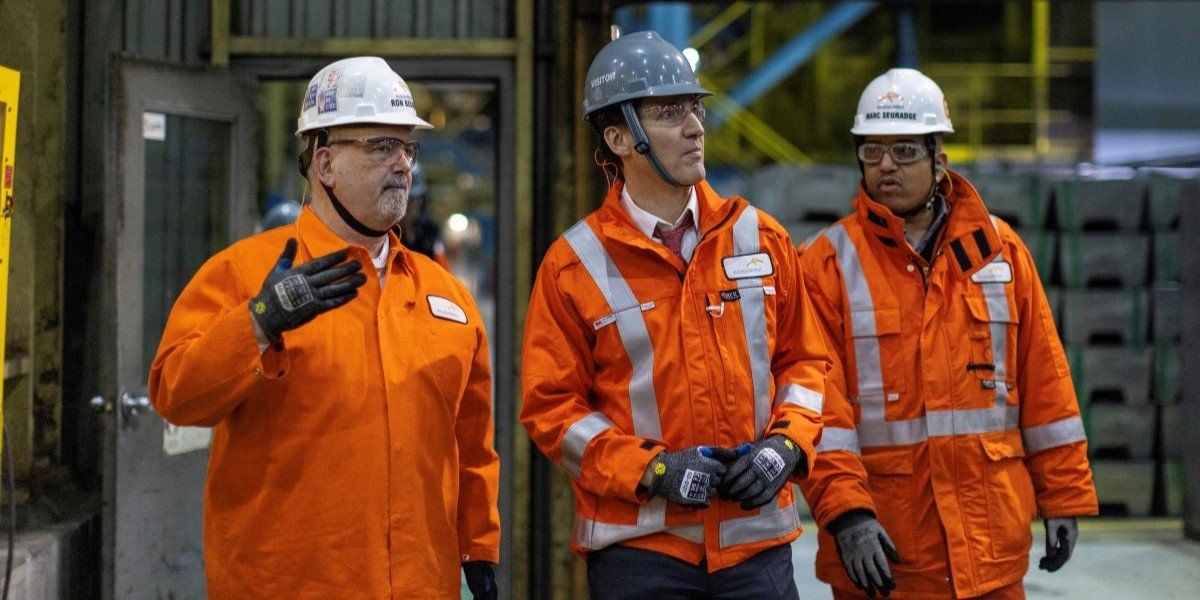On Tuesday, the US will impose 25% tariffs on its two closest trading partners, Mexico and Canada, driving a stake into one of the world’s largest trading relationships.
What the move disrupts: The three economies currently have low or non-existent tariffs on almost all of the goods they trade, dating back to the 1994 NAFTA free trade agreement, which Trump renegotiated
in 2020 as the USMCA. The US alone does nearly $2 trillion in annual trade with its two neighbors.
Why is Trump doing this? One reason, he says, is to force Canada and Mexico to stop illegal drugs and undocumented migrants from crossing into the US. Trump postponed these same tariffs a month ago after both countries beefed up border security.
But there’s more, MAGA more. The US runs big trade deficits with both countries – Trump can’t stand this. He sees tariffs as the best way to force companies that want access to the American market to invest in American production.
“What they have to do is build their car plants, frankly, and other things in the United States,” he said Monday.
What could happen next? No one is really sure. Supply chains are deeply intertwined, particularly in the auto industry, where components cross borders – and, now, tariff regimes – many times before a car is finished. US prices for those goods will almost certainly rise.
Watch the register and the pump. The US is also the largest single market for Mexican fruits and vegetables and the largest importer of Mexican and Canadian energy. Prices for all could rise, even if Trump includes a carveout dropping the tariff on Canadian oil and gas to just 10%.
Canada and Mexico have pledged retaliatory tariffs. A trade war could stoke inflation and weigh on economic growth in all three countries, at least in the short term.
Markets are spooked. The S&P dipped 2% on Trump’s announcement.
